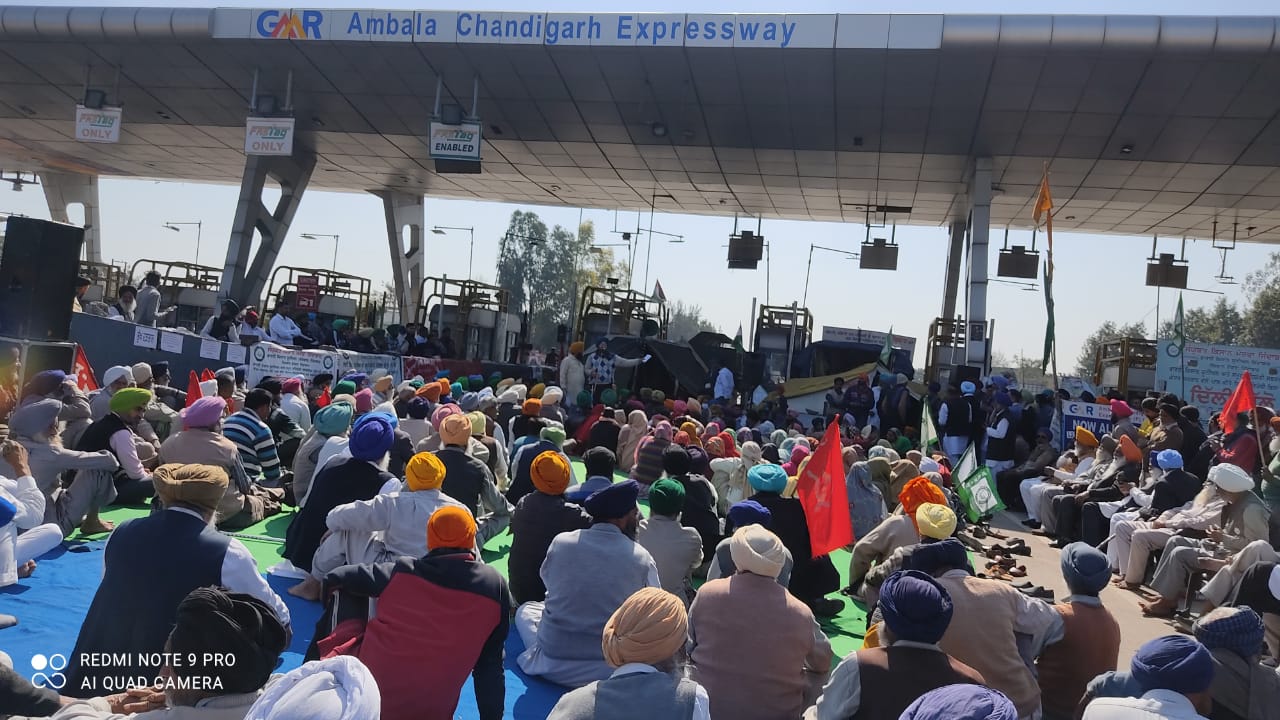By Shiro Armstrong* and Evgeniia Shannon**, ANU
Having secured free trade agreements (FTAs) with almost all key trading partners, Australia is honing in on a long elusive but lucrative market — India. Tensions with China, the need to find new sources of economic growth and government policy to diversify trading partners are pushing Australia into India’s arms. The embrace, however, might not be a warm one.
Despite pressure to conclude a deal, Australia should not settle for a trade agreement that falls short of meaningful commitments by India that improve trade terms for Australian exporters and provide reform momentum in India.
Bilateral trade between Australia and India grew steadily during the last decade but continues to be dominated by coal and is conducted on World Trade Organization (WTO) terms. Trade in sectors where Australia has a comparative advantage, like agriculture, remains uncommercial due to India’s highly protected markets. The lack of a meaningful framework for the bilateral trade and investment relationship is increasingly glaring as the two countries advance in nearly all other areas of cooperation.
India is not part of any regional economic architecture in the Asia Pacific. It walked away from the Regional Comprehensive Economic Partnership (RCEP) at the eleventh hour. And APEC members are hesitant to let India into APEC given its track record of playing spoiler in international economic forums. India is even more unlikely to join the Comprehensive and Progressive Agreement for Trans-Pacific Partnership (CPTPP) which requires commitments well beyond RCEP.
Australia–India FTA negotiations have been fraught with false starts and frustration. In 2011, Australia and India launched negotiations for a Comprehensive Economic Cooperation Agreement (CECA). But since 2015, both parties shifted their focus to the bigger regional deal, RCEP. RCEP negotiations have emerged as the biggest highlight — and disappointment — in the Australia–India economic relationship. Where to from RCEP’s failure is the pressing question for Australia’s new Trade Minister Dan Tehan who hopes to begin talks this month.
India has little appetite for greater trade liberalisation. A Byzantine system of federal governance, polarised domestic politics and a strong protectionist mindset make India a difficult negotiating partner. This is exacerbated by widespread suspicion of international trade and institutional scepticism towards both multilateral and bilateral trade deals, particularly with developed countries. Unfortunately for Australia, India’s domestic agricultural lobby is vehemently opposed to opening up its agricultural market. The Indian government’s relationship with domestic farmers unions has recently boiled over, with large scale demonstrations demanding the government repeal three deregulation-style agricultural laws.
In the preferential trade arena, India is cautious about making liberalisation commitments, deeming them a cause of harmful trade deficits. India’s current FTAs are few and low-ambition. With their ‘zero-sum game’ mindset, Indian negotiators are almost never interested in offering concessions, but are aggressive in pursuing India’s offensive interests. Negotiations with the European Union, Canada, New Zealand and the United States have so far failed to reach any meaningful conclusion.
Australia continues to hold hope for a comprehensive Australia–India FTA that grants Australian agricultural exporters favourable access conditions and nudges India towards broader liberalisation. But it is highly unlikely that India will agree to RCEP-like conditions in a bilateral context, with the lower market access gains (one market instead of 15) being even more difficult to justify domestically.
Australia should nevertheless aim for a high level of market access beyond simply binding India to services liberalisation and current tariff rates. The FTA should align with WTO requirements to cover ‘substantially all trade’ between FTA parties in both goods and services. Australia should also be prepared to accommodate India’s offensive interest regarding worker visas, perhaps to a significant extent.
One condition that Australia should hold firmly to is in pushing broader liberalisation and eventual serious reform in India, potentially by creating a pathway for India to accede to RCEP in the future. For negotiations to even commence, the initial FTA setup would need to be within India’s comfort zone and have tangible results upfront for India’s offensive interests, with flexibility for gradual liberalisation in areas of India’s defensive interests. The agreement should have an economic cooperation agenda mirroring that of RCEP, which can slowly nudge India towards wider regional integration.
It is in Australia’s interest to avoid a scenario where, once the ‘low-hanging fruit’ is picked, India will lose the incentive to proceed with more onerous commitments. Any FTA should be a living agreement with clear provisions on future expansion, and monitoring and dispute settlement mechanisms.
Australia does have another choice: to accept a limited, low ambition, ‘early harvest’ deal that resembles a semi-development agreement, such as the Pacific Agreement on Closer Economic Relations (PACER) Plus. With a huge trading partner, such as India, this will be a new approach for Australia and will require some convincing among negotiators and policymakers alike. The gains from such a strategy are unclear and beg the ‘is it worth it’ question.
Securing preferential access to the growing Indian market would grant Australia the first-mover advantage, and open up new possibilities for diversifying supply chains. But Australia must remain realistic; a significant recalibration of India’s trade posture is dependent on its domestic politics and unlikely in the short term. If the bilateral FTA is done right, Australia may finally succeed in bringing India into regional economic architecture.
* Shiro Armstrong is Director of the East Asian Bureau of Economic Research at the Crawford School of Public Policy, Australian National University.
**Evgeniia Shannon is a graduate student at the Australian National University and formerly a staff member at the WTO Secretariat in Geneva.
Source- eastasiaforum.org, 8 March 2021 (Under Creative Commons Licence)






